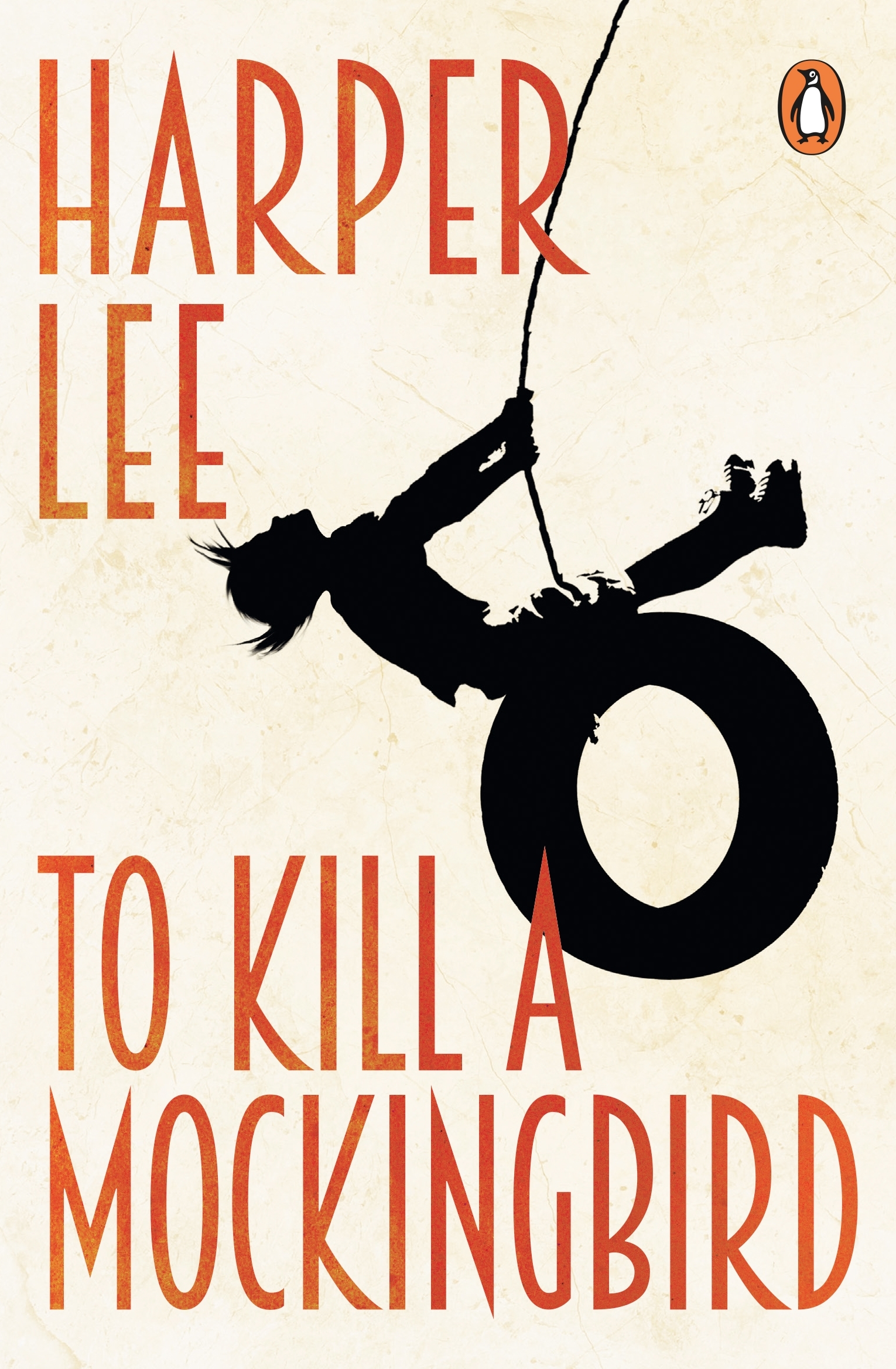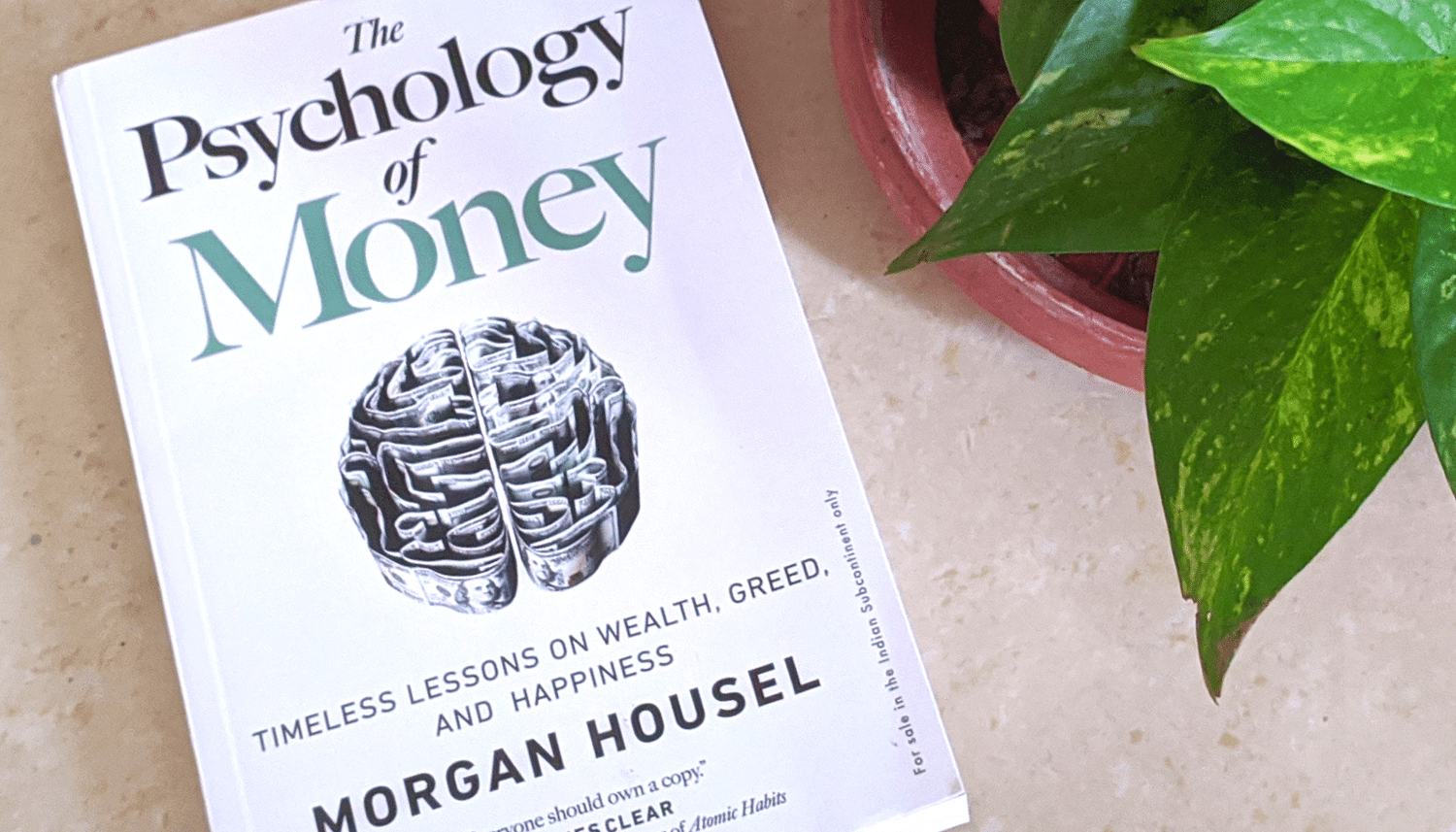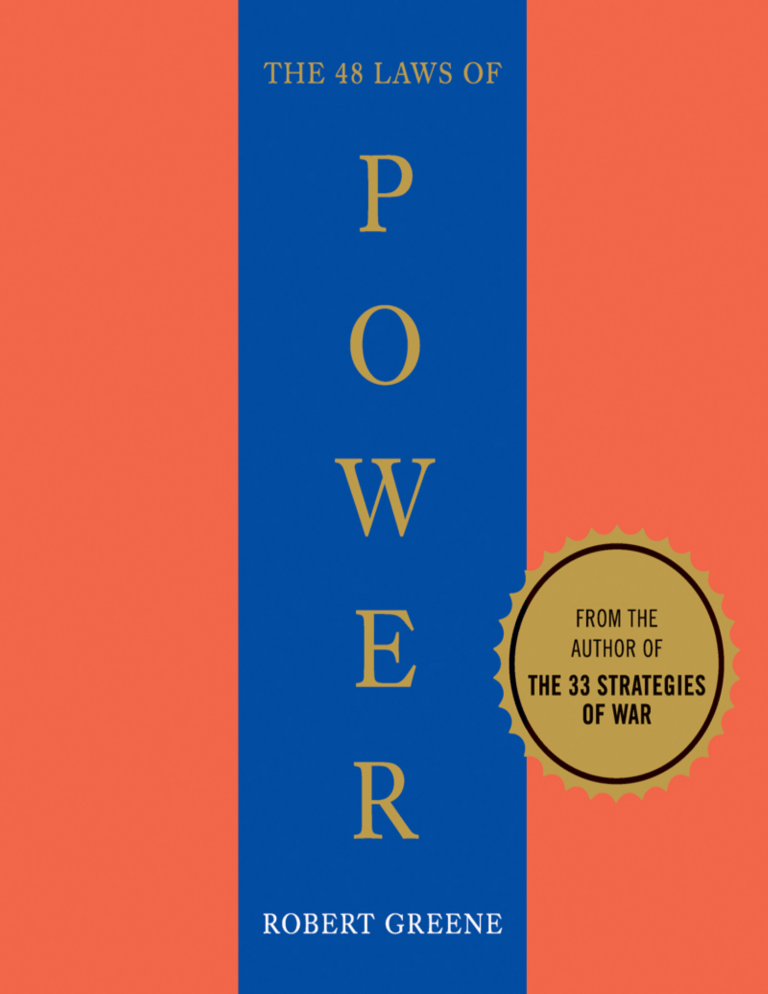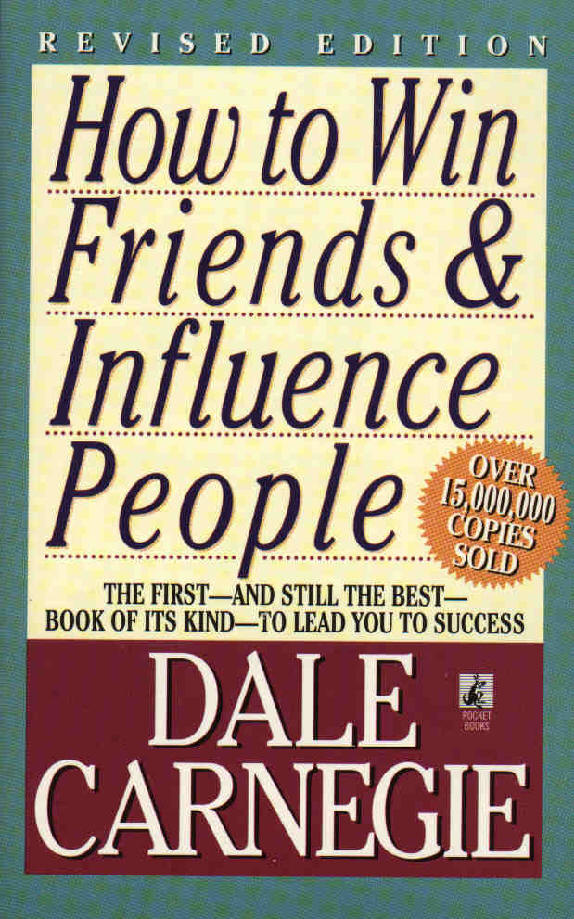Table of Contents
In To Kill A Mockingbird book summary, we examine Harper Lee’s timeless classic “To Kill a Mockingbird” which is a poignant and evocative narrative set in the American South during the 1930s.
Through the innocent eyes of Scout Finch, the story explores profound themes of prejudice, justice, and compassion, offering a timeless commentary on human nature and societal ills.
Plot Summary
The story, set in the fictional town of Maycomb, Alabama, during the 1930s, is narrated by Scout Finch, a young girl growing up with her brother Jem and their widowed father, Atticus, a lawyer known for his integrity. Their childhood is filled with typical Southern adventures, including their fascination with their reclusive neighbor Boo Radley, about whom local legend tells of bizarre and even sinister behavior.
The children’s lives are disrupted when Atticus agrees to defend Tom Robinson, a Black man falsely accused of raping Mayella Ewell. Mayella is a product of the impoverished and ignorant Ewell family who live near the town dump and depend on county welfare. Despite facing harsh criticism and prejudice from the community, Atticus remains steadfast in his commitment to providing Tom with a fair trial.
Atticus’s decision to defend Tom exposes Scout and Jem to the harsh realities of racism and social injustice in their small town. They witness firsthand the power of prejudice as the trial unfolds, learning that the truth is often overshadowed by deeply ingrained biases. Despite overwhelming evidence of Tom’s innocence—including the fact that Mayella’s injuries were inflicted by a left-handed person (Tom’s left hand is crippled, while Bob Ewell is left-handed)—the jury delivers a guilty verdict, swayed by racial prejudice.
Tom Robinson’s tragic fate, as he is later killed while trying to escape prison, further underscores the destructive nature of prejudice and the vulnerability of the innocent. The events surrounding Tom’s trial and death parallel the metaphor of the mockingbird, representing the senseless killing of those who are harmless and bring joy to the world.
Throughout the story, Scout’s perspective as a child narrator provides a unique and often poignant lens through which to view these complex issues. She experiences the world with a blend of innocence and growing awareness, gradually comprehending the prejudice and injustice that shape Maycomb’s social fabric.
In a parallel storyline, the children’s fascination with Boo Radley leads to a series of encounters, culminating in a dramatic incident on Halloween night when Bob Ewell attacks Jem and Scout. In a surprising turn of events, Boo emerges from his seclusion to protect the children, killing Ewell in the process. This act of heroism reveals Boo’s true nature, challenging the prejudiced assumptions the children and the community had held about him.
In the end, Scout learns valuable lessons about empathy, understanding, and the importance of challenging injustice. The events of the novel, as seen through her eyes, illustrate the power of prejudice and the importance of standing up for what is right, even in the face of adversity.
Major Themes and Core Ideas
“To Kill a Mockingbird” is rich with thematic depth, weaving together explorations of prejudice, justice, and compassion. The novel examines the destructive nature of racial prejudice in the South. The trial of Tom Robinson, a black man falsely accused of assaulting a white woman, stands as a stark symbol of the deep-seated racism that pervades Maycomb.
This theme resonates through individual character arcs, most notably that of Atticus Finch. As Tom’s lawyer, Atticus stands firm in his commitment to justice, defending Tom despite the overwhelming social pressure and threats he faces.
Beyond the central characters, minor characters also play a crucial role in highlighting these themes. For example, Miss Maudie Atkinson, a kind and open-minded neighbor, provides a counterpoint to the town’s pervasive prejudice.
Her belief in fairness and her willingness to stand up for what is right, even when it is unpopular, reinforces the novel’s message about the importance of moral courage. In contrast, characters like Bob Ewell represent the ugliness of unchecked prejudice. Ewell’s actions, driven by hatred and a desire for revenge, highlight the dangers of ignorance and fear.
The theme of justice is inextricably linked to that of prejudice. Lee illustrates the failures of the justice system when it is corrupted by prejudice, as evidenced in Tom’s trial. Despite Atticus’s powerful defense and the lack of credible evidence against Tom, the jury delivers a guilty verdict based solely on racial bias.
This miscarriage of justice underscores the novel’s message about the need to fight for what is right, even when the odds are stacked against you.
Finally, “To Kill a Mockingbird” emphasizes the importance of compassion and understanding. Atticus consistently urges his children to see things from other people’s perspectives, to “climb into their skin and walk around in it.” This message is embodied in Scout’s interactions with Boo Radley, the reclusive neighbor shrouded in mystery and feared by the town. Through their shared experiences, Scout overcomes her initial fear and prejudice, coming to understand Boo as a kind and gentle soul.
Character Analysis
The characters in “To Kill a Mockingbird” are vividly drawn, each contributing to the story’s thematic richness.
Atticus Finch is the moral compass of the novel, embodying justice, integrity, and compassion. His unwavering commitment to defending Tom Robinson, even at the risk of his own reputation and safety, highlights his strong sense of moral responsibility. Atticus’s parenting style, characterized by patience and open communication, further reinforces these values, shaping Scout’s moral development.
Scout, the narrator, experiences significant personal growth throughout the novel. Starting as a curious and somewhat mischievous child, she gradually develops a deeper understanding of the complexities of her world. Her encounters with prejudice and injustice force her to confront difficult truths, leading to a more nuanced and compassionate perspective.
Jem, Scout’s older brother, also undergoes a transformation. Initially sharing Scout’s childish sense of adventure, Jem matures more quickly as he grapples with the harsh realities of prejudice and injustice. The Tom Robinson trial deeply affects him, shaking his faith in the goodness of people and the fairness of the justice system. Through these experiences, Jem develops a stronger sense of empathy and a deeper understanding of the complexities of morality.
Boo Radley, a reclusive figure, becomes a powerful symbol of misunderstood innocence. Initially the subject of fear and prejudice, Boo gradually emerges as a complex character capable of great kindness and courage. His actions, often unseen and unacknowledged, highlight the importance of looking beyond superficial judgments and recognizing the inherent goodness in others.

Setting and Historical Context
“To Kill a Mockingbird” is deeply rooted in its historical and geographical context. Set in Maycomb, a fictional town in Alabama, during the 1930s, the novel reflects the social and cultural realities of the Jim Crow South.
The Great Depression looms over Maycomb, contributing to economic hardship and social tensions. The rigid social hierarchy of the South, with its deeply ingrained racial prejudice, is evident in the town’s dynamics, shaping the characters’ lives and the course of events.
Lee’s portrayal of Maycomb is both realistic and evocative, capturing the atmosphere of a small Southern town. The slow pace of life, the importance of community, and the stifling weight of tradition are all vividly depicted. The novel’s historical backdrop is not merely a setting; it is an integral element that shapes the characters’ lives and informs the narrative’s exploration of prejudice, justice, and social change.
Symbolism and Motifs
Lee employs powerful symbols and motifs to convey deeper meaning and enrich the reader’s understanding. The titular mockingbird, representing innocence and vulnerability, becomes a central symbol in the novel. Atticus tells Scout that “it’s a sin to kill a mockingbird,” emphasizing the immorality of harming those who are harmless and defenseless.
Tom Robinson, wrongfully accused and ultimately destroyed by the town’s prejudice, becomes a poignant embodiment of the mockingbird. Boo Radley, misunderstood and ostracized, also embodies the symbolic qualities of the mockingbird, highlighting the devastating consequences of prejudice and fear.
The Radley Place, shrouded in mystery and fear, symbolizes the power of prejudice and the unknown. The children’s fascination with the house and its reclusive inhabitant reflects their own anxieties and the town’s collective fear of the different. As Scout and Jem learn more about Boo, the Radley Place gradually loses its sinister aura, becoming a symbol of the importance of understanding and compassion.
Gifts left in the knothole of a tree symbolize the hidden kindness and connection between Boo Radley and the children. These small tokens, carefully chosen and anonymously given, represent Boo’s attempts to reach out and form a bond, despite his isolation. The knothole, a secret point of exchange, becomes a symbol of the unexpected ways in which compassion and understanding can flourish, even in the face of prejudice and fear.
Author’s Purpose and Tone
Harper Lee’s purpose in writing “To Kill a Mockingbird” seems multifaceted. On one level, it serves as a social commentary, exposing the ugliness of racism and the failings of a justice system corrupted by prejudice. Through the narrative, Lee challenges readers to confront their own biases and to recognize the human cost of societal injustices.
However, the novel also offers a message of hope and resilience. Lee highlights the power of individual courage and integrity, as embodied by Atticus Finch, in challenging the status quo and fighting for what is right. The story’s emphasis on compassion and understanding, particularly through Scout’s journey, suggests a belief in the potential for positive change and the triumph of human goodness over prejudice and hatred.
Lee employs a distinctive narrative style and tone to convey her message. The story is told from Scout’s perspective, a choice that infuses the narrative with a child’s innocence and wonder, while also allowing for a sharp and insightful commentary on the adult world. The tone is often nostalgic, capturing the warmth and simplicity of childhood in the South.
However, Lee also employs a satirical edge, particularly in her depiction of Maycomb’s social hypocrisies and the absurdities of its prejudiced beliefs. This blend of warmth, innocence, and satire creates a complex and engaging reading experience, allowing the reader to connect with the characters while also prompting critical reflection on the novel’s themes.
Moral and Ethical Questions
“To Kill a Mockingbird” grapples with several moral and ethical questions, prompting readers to contemplate their own beliefs and values. The novel’s central conflict, the trial of Tom Robinson, raises questions about the nature of justice, the consequences of prejudice, and the responsibility of individuals to stand up for what is right, even when it is difficult or unpopular.
Atticus’s decision to defend Tom, despite knowing he is unlikely to win, highlights the ethical dilemma of choosing between personal comfort and moral duty. Atticus’s actions demonstrate that true courage lies in fighting for justice, even in the face of defeat, and that compromising one’s principles for the sake of social acceptance is a betrayal of one’s conscience.
The novel also explores the moral ambiguity of the adult world through Scout’s perspective. As she observes the hypocrisy and prejudice of her community, Scout is forced to reconcile her own sense of fairness with the often-unjust realities of the world. These experiences challenge readers to consider the complexities of morality and the importance of critical thinking in forming their own ethical judgments.
Literary Devices
Lee masterfully utilizes a variety of literary devices to enhance the narrative’s impact and engage the reader. Irony plays a significant role, particularly in the juxtaposition of Maycomb’s self-proclaimed piety and its deeply ingrained prejudice. The town’s devout churchgoers, while condemning Hitler’s persecution of the Jews, readily accept the unjust treatment of their own black citizens. This irony underscores the hypocrisy at the heart of Maycomb’s social fabric and highlights the pervasive nature of prejudice.
Foreshadowing adds a layer of suspense and intrigue to the narrative. Early descriptions of Boo Radley’s mysterious nature and the children’s fascination with him foreshadow his eventual emergence as a key figure in the story. Similarly, the recurring motif of the mockingbird, representing innocence and vulnerability, foreshadows the tragic fate of Tom Robinson, who becomes a victim of the town’s prejudice.
Metaphors and similes enrich the language and deepen the reader’s understanding of the characters and themes. Scout’s description of Jem’s maturation as being “like somethin’ asleep wrapped up in a warm place” effectively conveys the sense of disillusionment and loss of innocence that Jem experiences as he confronts the harsh realities of the world. Similarly, the comparison of Tom Robinson’s death to the “senseless slaughter of songbirds” emphasizes his innocence and the cruelty of the injustice inflicted upon him.
By skillfully weaving these literary devices into the narrative, Lee creates a richly textured and thought-provoking story that continues to resonate with readers of all ages. “To Kill a Mockingbird” is a timeless classic that speaks to the complexities of human nature and the enduring power of compassion in the face of adversity.
To Kill A Mockingbird Quiz
What role does empathy play in the novel, and how does Atticus Finch try to teach it to Scout and Jem?
Empathy plays a vital role in “To Kill a Mockingbird,” and Atticus Finch consistently strives to instill this quality in his children, Scout and Jem. Atticus encourages his children to see the world from different perspectives, particularly those who are marginalized and misunderstood.
One way he does this is by asking them to consider how they would feel if he intruded upon their privacy, drawing a parallel to their fascination with Boo Radley. He reminds them that Boo has the right to stay inside his own house and be free from the curiosity of children. Atticus emphasizes the importance of respecting others’ choices and boundaries, regardless of how peculiar they may seem.
This lesson extends beyond Boo Radley, as Atticus urges Scout to try to understand Mayella Ewell’s perspective and background, recognizing her loneliness and difficult circumstances. Through these examples, Atticus guides Scout and Jem toward empathy and understanding.
How does Harper Lee use the character of Atticus Finch to represent moral integrity and justice?
Harper Lee masterfully crafts the character of Atticus Finch to embody moral integrity and justice in the racially charged environment of Maycomb. He steadfastly defends Tom Robinson, a Black man wrongly accused of rape, despite facing criticism and ostracism from the community.
Atticus acknowledges the challenging nature of the case, stating that defending Tom is something he must do for his own conscience and sense of justice. Atticus asserts that not defending Tom would make him a hypocrite in the eyes of his children and the community, highlighting his unwavering commitment to his principles.
Despite believing they will lose the case due to racial prejudice, Atticus presses forward, demonstrating his dedication to seeking truth and justice.
In what ways does the setting of Maycomb, Alabama, influence the events and characters in the story?
The setting of Maycomb, Alabama, in the 1930s significantly shapes the events and characters in “To Kill a Mockingbird.” Maycomb’s deeply rooted racial prejudice and rigid social hierarchy provide the context for Tom Robinson’s trial and the community’s reaction to Atticus’s defense of him.
The novel reflects the realities of the Jim Crow South, where racism permeates every aspect of life. Maycomb’s insularity and resistance to change are evident in its adherence to tradition and the suspicion directed towards those who challenge the status quo. The setting fosters an environment where injustice can prevail, as seen in Tom Robinson’s conviction despite overwhelming evidence of his innocence.
What is the significance of the title To Kill a Mockingbird, and how does it relate to the themes of innocence and morality?
The title “To Kill a Mockingbird” carries profound significance, symbolizing the destruction of innocence and the importance of protecting the vulnerable. Atticus tells Jem and Scout it’s a sin to kill a mockingbird because they do nothing but bring joy with their songs, causing no harm to anyone.
The mockingbird becomes a metaphor for innocent beings, like Tom Robinson and Boo Radley, who are unjustly persecuted or misunderstood. The act of killing a mockingbird represents the crushing of innocence and the triumph of prejudice.
How does Scout’s perspective as a child narrator affect the way the story is told and the themes are presented?
Scout’s perspective as a child narrator offers a unique lens through which the story is told and the themes are presented. Her youthful innocence and naivete allow the reader to witness the complexities of racism, prejudice, and injustice through the eyes of someone who is grappling with these concepts for the first time.
Scout’s observations are often unfiltered and direct, providing an honest, though sometimes incomplete, understanding of the events and motivations of the adults around her. Her perspective adds a layer of poignancy to the story, highlighting the profound impact of these societal issues on the lives of innocent individuals.
Read our other Fiction book summaries here
Enjoyed To Kill A Mockingbird book summary? Buy it here on Amazon
You may also like:








Leave a Reply